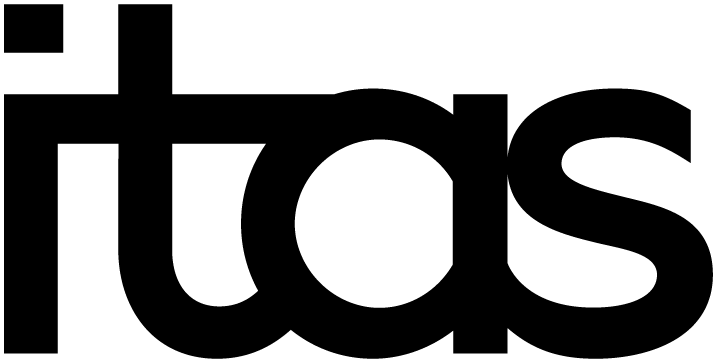CO2SimO – Photoelectrochemical CO2 reduction with simultaneous oxidative raw material production
- Project team:
Patyk, Andreas (Project leader); Lukas Lazar
- Funding:
Federal Ministry of Education and Research (BMBF)
- Start date:
2020
- End date:
2023
- Project partners:
TANIOBIS GmbH; University of Bayreuth; DECHEMA-Research Institute; Leibniz University Hannover; neoxid GmbH
- Research group:
Project description
CO2 emissions from the combustion of fossil fuels by humans are the main cause of the anthropogenic greenhouse effect. Without a drastic reduction in CO2 emissions, living conditions on earth will change dramatically. On the other hand, fossil fuels, especially oil and natural gas, are important “convenient” precursors for fuels and a number of chemical products that are essential foundations of our way of life. Their availability is finite, even though not in the short term. An energetically and materially efficient and low-cost process for CO2 recycling could contribute to reduce CO2 emissions and the consumption of fossil resources. Achieving these effects requires energy and possibly necessary material inputs stemming from renewable sources. A promising approach is the photocatalytic conversion of CO2 into energy carriers (such as methane).
The aim of the overall project is to develop a photoelectrochemical reaction cell that recycles CO2 as a raw material, produces methane and hydrogen peroxide, and thus potentially contributes to a reduction in greenhouse gas emissions. The hydrogen peroxide gained has a comparatively high market value, providing promising economic prospects and incentives for a widespread use of the technology. Hydrogen peroxide is used as bleaching, disinfection, and oxidation agent. In addition, the methane produced can be used as fuel or feedstock for chemical processes. Two innovative approaches will be pursued to achieve the goals:
- To increase efficiency and lifetime, CO2SimO photocatalysts will be applied for the first time in gas diffusion electrodes in which carbon dioxide directly reacts with sunlight. This approach allows the direct use of gaseous CO2.
- A Life Cycle Assessment of environmental impacts and costs will analyze and evaluate the ecological and economic sustainability of the processes developed in CO2SimO.
In the ITAS subproject, we aim to provide the project partners with the system analytical information necessary to optimize the efficiency and sustainability of the new processes. Therefore, environmental impacts and costs are investigated using life cycle analysis methods (LCA, LCC) under the following aspects:
- Optimization of the CO2SimO processes as such by integrating them into chemical production systems and energy systems.
- Ranking of the CO2SimO processes in comparison with competing systems.
The life cycle analyses also consider those processes that are not direct subjects of the R&D work in CO2SimO, but are unavoidably parts of the overall system to produce the desired products (construction of apparatuses, production of materials, production of additives, etc.). This should ensure that no weak points in upstream and downstream processes remain hidden or are possibly even caused by optimizations in the main process (e.g., functionally optimal new material with increased environmental burden from its production).
The analyses are conducted as R&D support in close cooperation with the technical partners. Thus, sustainability information can be used already in early phases of the R&D work and, if required, necessary changes of the research direction can be carried out with minimized effort.
Publications
Prospective Life Cycle Assessment of Early‐Stage CO₂ ‐Removing Artificial Photosynthesis Producing Synthesis Gas, Hydrogen Peroxide, and Methane
2025. Energy Technology, 13 (12), 2402224. doi:10.1002/ente.202402224
Background Data Modification in Prospective Life Cycle Assessment and Its Effects on Climate Change and Land Use in the Impact Assessment of Artificial Photosynthesis
2023. Progress in Life Cycle Assessment 2021. Ed.: F. Hesser, 41–63, Springer International Publishing. doi:10.1007/978-3-031-29294-1_4
CO₂SimO - Photoelectrochemical CO₂ reduction with Simultaneous Oxidative raw material production
2023. Abschlusskonferenz der BMBF-Fördermaßnahme "CO2-WIN: CO2 als nachhaltige Kohlenstoffquelle – Wege zur industriellen Nutzung" (CO₂WIN 2023), Berlin, Germany, September 28–29, 2023
Artificial Photosynthesis - too uncertain to assess by prospective Life Cycle Assessment?
2023. 17th Society and Materials International Conference (SAM 2023), Karlsruhe, Germany, May 9–10, 2023
Artificial Photosynthesis - in prospective Life Cycle Assessment of carbon dioxide removal
2022. 32nd Society of Environmental Toxicology and Chemistry Europe : Annual Meeting (SETAC Europe 2022), Copenhagen, Denmark, May 15–19, 2022
CO2SimO - Photoelectrochemical CO2-reduction with simultaneous oxidative raw material production
2021. 1st CO₂ as a sustainable source of carbon - Pathways to industrial applications (CO₂ WIN 2021), Online, June 8–9, 2021
Contact
Karlsruhe Institute of Technology (KIT)
Institute for Technology Assessment and Systems Analysis (ITAS)
P.O. Box 3640
76021 Karlsruhe
Germany
Tel.: +49 721 608-24606
E-mail

